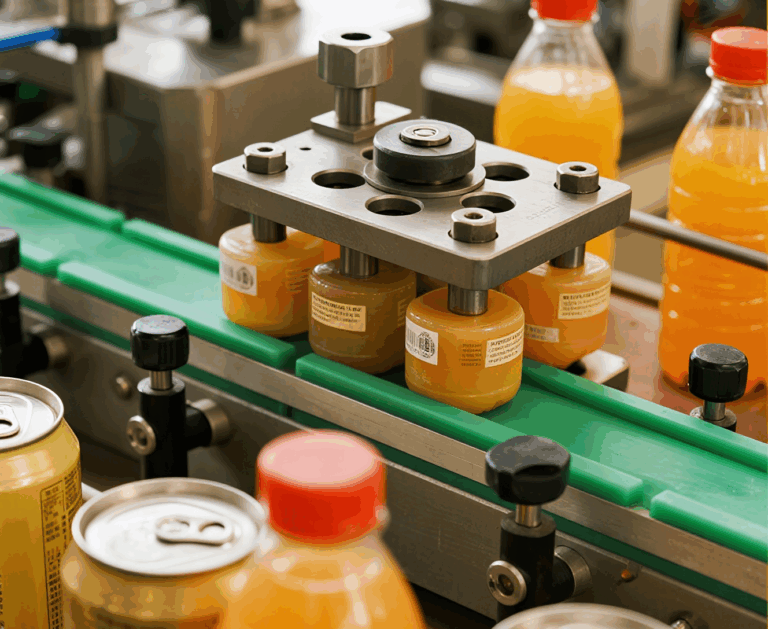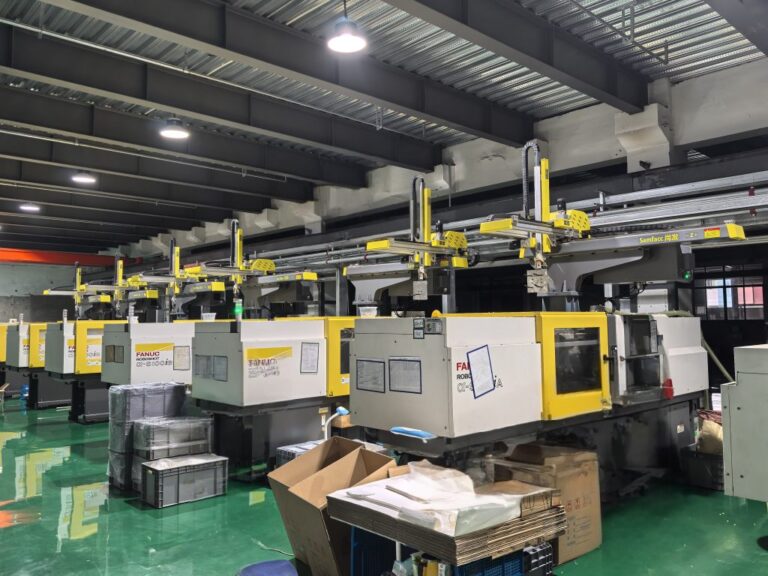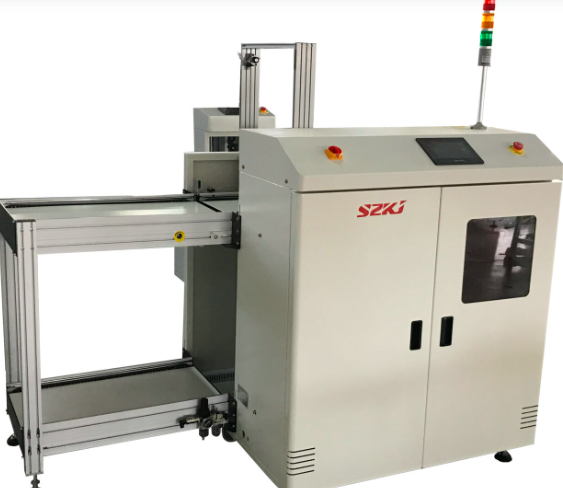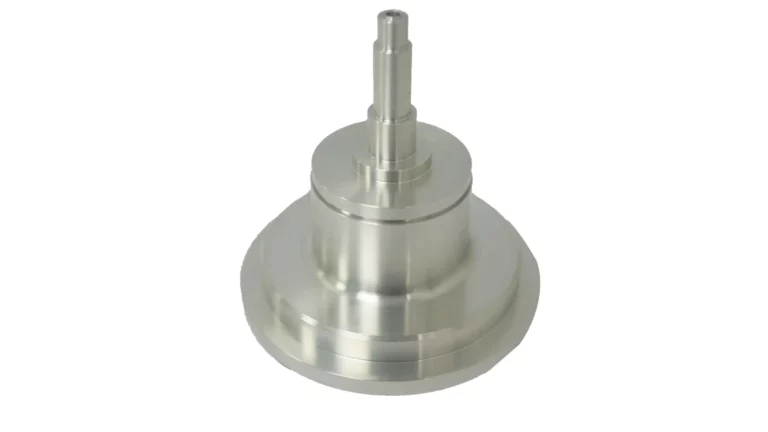目录
ToggleAs electronic devices become smaller, faster, and more complex, the SMT assembly line—short for Surface Mount Technology—has become the backbone of modern electronics manufacturing. From smartphones and wearables to aerospace systems and medical devices, SMT lines are responsible for assembling the intricate circuit boards that power our digital world.
In 2025, SMT assembly lines are undergoing a quiet revolution, driven by automation, AI integration, and the demand for higher throughput with uncompromising quality.
What Is an SMT Assembly Line?
An SMT assembly line is a highly automated production system used to mount electronic components directly onto the surface of printed circuit boards (PCBs). Unlike traditional through-hole methods, SMT allows for greater component density, faster production, and more compact device designs.
A typical SMT line includes:
- Solder paste printer: Applies solder paste to the PCB pads.
- Pick-and-place machine: Precisely places components onto the board.
- Reflow oven: Melts the solder paste to secure components.
- Inspection systems: Use optical or X-ray technology to detect defects.
- Conveyor systems: Move boards between stations with minimal human intervention.
Why SMT Assembly Lines Are Trending in 2025
Several factors are fueling the evolution and popularity of SMT assembly lines this year:
Miniaturization of Electronics
As devices shrink, the need for ultra-precise component placement has grown. SMT lines now handle components as small as 03015 (0.3 mm × 0.15 mm), requiring advanced vision systems and placement heads with micron-level accuracy.
AI-Driven Quality Control
Artificial intelligence is being integrated into inspection systems to detect defects in real time. These systems learn from past errors, improving accuracy and reducing false positives, which helps maintain high yield rates even in high-speed production environments.
Smart Manufacturing Integration
Modern SMT lines are part of larger smart factories. They’re connected to cloud-based analytics platforms that monitor performance, predict maintenance needs, and optimize workflows. This connectivity enhances traceability and reduces downtime.
Sustainability and Efficiency
Energy-efficient reflow ovens, lead-free soldering, and reduced material waste are becoming standard. Manufacturers are also adopting modular line designs that can be scaled or reconfigured quickly to meet changing production needs.
Key Components of a High-Performance SMT Line
To meet the demands of today’s electronics, SMT lines are being equipped with cutting-edge features:
- Modular placement systems: Allow for flexible upgrades and capacity scaling.
- High-speed pick-and-place heads: Capable of placing up to 86,000 components per hour.
- 3D SPI and AOI systems: Provide detailed inspection of solder paste and component placement.
- Non-contact placement: Reduces mechanical stress on delicate components.
- Smart feeders and auto-replenishment: Minimize manual intervention and improve uptime.
These innovations ensure that SMT lines can handle everything from ultra-fine pitch ICs to large, heavy components with precision and speed.
Applications Across Industries
SMT assembly lines are used in a wide range of sectors:
- Consumer electronics and auto-replen: Smartphones, tablets, and wearables.
- Automotive: Advanced driver-assistance systems (ADAS), infotainment, andishment**: Minimize manual intervention and improve uptime.
These innovations ensure that SMT lines can handle everything from ultra-fine pitch ICs to large, heavy components with precision and speed.
Applications Across Industries
SMT assembly lines are used in a wide range of sectors:
- Consumer electronics: Smartphones, tablets, and wearables.
- Automotive: Advanced driver-assistance systems (ADAS), EV control units.
- Aerospace and defense: High-reliability PCBs infotainment, and EV control units.
- Aerospace and defense: High-reliability PCBs for navigation and for navigation and communication.
- Medical devices: Compact, high-precision electronics for diagnostics communication.
- Medical devices: Compact, high-precision electronics and monitoring.
- Industrial automation: Controllers, for diagnostics and monitoring.
- **Industrial automation sensors, and robotics.
Each application demands different levels of precision, reliability, and**: Controllers, sensors, and robotics.
Each application demands different environmental resistance, which SMT lines are increasingly equipped to deliver levels of precision, reliability, and environmental resistance, which SMT lines.
Challenges and Solutions
Despite their advantages are increasingly equipped to deliver.
Challenges and Solutions
Despite their advantages, SMT assembly lines, SMT assembly lines face several challenges face several challenges:
- Component shortages: Global supply chain disruptions:
- Component shortages: Global supply chain disruptions have made sourcing components unpredictable have made sourcing components unpredictable. Smart inventory. Smart inventory systems and flexible sourcing strategies are helping mitigate systems and flexible sourcing strategies are helping mitigate this.
- Thermal management: As boards become den this.
- Thermal management: As boards become denser, managing heatser, managing heat during reflow becomes critical. Advanced oven profiles and during reflow becomes critical. Advanced oven profiles and thermal simulation thermal simulation tools are being used to prevent damage.
- Workforce training: Operating and maintaining SMT lines requires tools are being used to prevent damage.
- Workforce training: Operating and maintaining SMT lines requires specialized skills. Many manufacturers are investing in training programs and augmented reality tools to support specialized skills. Many manufacturers are investing in training programs and augmented reality tools to support technicians.
Seasonal Spotlight: SMT in Summer Production technicians.
Seasonal Spotlight: SMT in Summer Production Cycles
Summer often brings increased demand for consumer electronics and automotive components. SMT lines are ramped up to meet tight deadlines, and manufacturers implement:
- Extended shifts with predictive maintenance: To avoid unplanned downtime.
- Cooling systems for reflow ovens: To maintain Cycles
Summer often brings increased demand for consumer electronics and automotive components. SMT lines are ramped up to meet tight deadlines, and manufacturers implement:
- Extended shifts with predictive maintenance: To avoid unplanned downtime.
- Cooling systems for reflow ovens: To maintain consistent thermal profiles in warmer environments.
- Flexible line configurations: To switch between consistent thermal profiles in warmer environments.
- Flexible line configurations: To switch between product types quickly and efficiently.
These seasonal strategies ensure that production product types quickly and efficiently.
These seasonal strategies ensure that production remains stable and remains stable and efficient during peak periods.
Looking Ahead: TheAs electronics continue to evolve, SMT assembly lines will remain at the forefront of innovation—quietly powering continue to evolve Future of SMT Assembly
The SMT assembly line of the future will likely feature:
- Full AI orchestration: From material handling to defect correction.
- Zero-defect manufacturing: Enabled by real-time analytics and efficient during peak periods.
Looking Ahead: The Future of SMT Assembly
The SMT assembly line of the future will likely feature:
- Full AI orchestration: From material closed-loop feedback.
- Sustainable materials and processes: Including biodegradable substrates and energy-neutral facilities.
- Human-machine collaboration handling to defect correction.
- Zero-defect manufacturing: Enabled by real-time analytics and closed-loop feedback.
- Sustainable materials and processes: Including biodegradable substrates and energy: With cobots assisting in tasks that require dexterity and judgment.
As electronics-neutral facilities.
- Human-machine collaboration: With cobots assisting in tasks that require dexterity and judgment.
As electronics continue to evolve, SMT assembly lines will remain at the forefront of innovation—quietly powering continue to evolve, SMT assembly lines will remain at the forefront of innovation—quietly powering the devices that define our lives.
0





